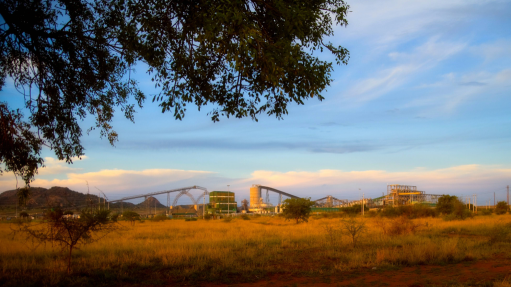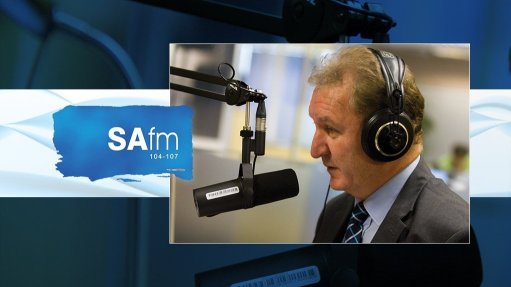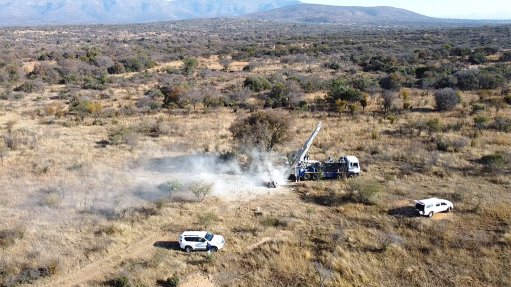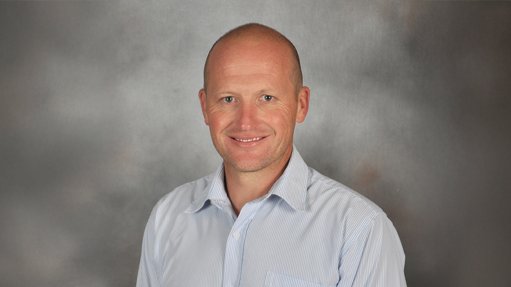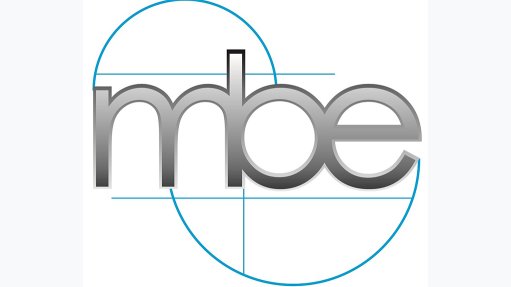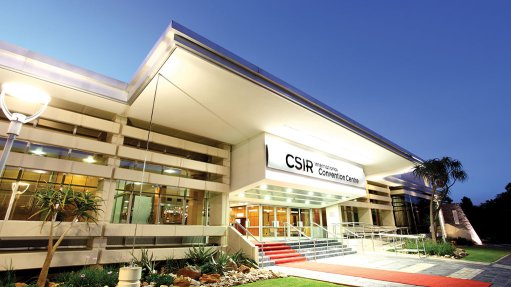SAWEM to reshape South Africa’s electricity market



ALEXANDRA FELEKIS Many agreements will likely be revised to include forecasting obligations
ROBERT FUTTER The new market model will provide traders with greater flexibility
South Africa is set to undergo a significant transformation in its electricity market with the introduction of the South African Wholesale Electricity Market (SAWEM), which aims to establish a transparent, non-discriminatory, multi-market trading platform that is expected to enhance energy security, attract private investment and improve efficiency in electricity trading.
According to law firm Bowmans partner Alexandra Felekis, the foundation for SAWEM was laid with the issuance of the Draft Market Code by the National Transmission Company South Africa in April 2024.
The Electricity Regulation Amendment Act, which came into effect in January 2025, serves as the legislative framework for the initiative. The market is expected to start operations in phases, with balancing mechanisms and limited trading starting as early as 2026.
Full market liberalisation is targeted for 2031.
While SAWEM presents opportunities for independent power producers (IPPs) by increasing market access and potential returns, Felekis says it also introduces new financial and operational challenges.
“IPPs with a contracted capacity of 10 MW or more will be required to act as Balancing Responsible Parties (BRPs), submitting day-ahead forecasts of their generation. Any discrepancies exceeding 5% between forecasted and actual generation could result in financial penalties, and these costs were not previously accounted for in existing power purchase agreements (PPAs),” she says.
She explains that these penalties create an additional layer of financial risk that could impact the profitability of renewable-energy projects.
To mitigate these risks, financial advisory services company Cresco Group director Robert Futter advises IPPs to focus on more accurate forecasting and consider integrating battery energy storage systems.
Participation in the Intraday Market could also provide some flexibility in managing discrepancies, though limitations exist for those solely acting as BRPs, he adds.
While private PPAs will remain enforceable under the new market structure, he points out that contractual obligations may need to be renegotiated.
“Many agreements will likely be revised to include forecasting obligations, with penalties for inaccuracies potentially shifting to the responsible party. Dispatchable generation and demand-response mechanisms are also expected to play a more prominent role in managing energy costs and grid stability,” Felekis says.
She adds that the introduction of SAWEM will constitute a change in law under existing PPAs, which may prompt parties to invoke contractual provisions allowing for tariff adjustments or renegotiations.
“The evolving structure also necessitates careful consideration of new PPAs, ensuring that risk-sharing mechanisms are clearly defined to prevent disputes,” she says, adding that market participants are already assessing how to protect themselves against potential financial exposure, with some considering the introduction of penalty-sharing mechanisms within PPAs to balance the risks between generators and energy consumers.
However, Futter notes that the new market model will provide traders with greater flexibility, allowing them to procure electricity from private generators or the open market.
He explains that, in cases where renewable-energy facilities under-generate, traders will be able to supplement supply by purchasing additional energy from the market.
“This flexibility will mitigate supply risks and ensure more stable energy delivery. Battery energy storage is expected to play a crucial role in minimising imbalance settlements and ensuring consistent supply,” he says.
Futter also highlights that battery storage has already proven effective for peak shaving in large energy loads and is likely to become a key component of South Africa’s evolving energy market.
In addition to mitigating risks, he says battery storage could create new revenue streams for energy players, particularly those willing to invest in large-scale storage projects that can provide grid support services.
However, a significant structural change under SAWEM is the likely removal of traditional wheeling mechanisms.
Instead of the current wheeling credit system, a new “wheeled energy” fee may be introduced, aligning with State-owned power utility Eskom’s tariff unbundling process, Futter notes.
He explains that while existing wheeling agreements will remain enforceable, adjustments to the framework will be necessary.
Structuring PPAs to account for hourly reconciliation, rather than monthly, could help manage risks associated with changes to the current wheeling framework, Felekis adds.
Concerning Market
The slow development of a financial energy market in South Africa, compared to the physical market, remains a concern for investors.
Futter warns that the absence of a well-developed financial energy derivatives market, as seen in Australia, could pose a challenge for South Africa’s transition.
“Ongoing engagement with funders is being pursued to identify funding value and risk allocation shortfalls. Without a robust financial market to hedge risks, some investors may hesitate to commit capital to large-scale renewable-energy projects, potentially slowing the country’s transition to a more competitive and diverse electricity market,” he warns.
Additionally, stakeholder engagement remains critical to shaping the final version of SAWEM.
The Market Operator is actively consulting with industry players, and businesses are encouraged to participate in public consultations, collaborate with industry groups and seek legal guidance to ensure compliance with forthcoming regulations.
“As the energy sector evolves, companies must stay informed about regulatory changes and be prepared to adjust their business models accordingly,” Felekis says, emphasising that South Africa can learn from international markets, particularly in Europe and Australia, by implementing clear regulations, fostering innovation in energy trading and maintaining open dialogue with industry stakeholders.
Article Enquiry
Email Article
Save Article
Feedback
To advertise email advertising@creamermedia.co.za or click here
Announcements
What's On
Subscribe to improve your user experience...
Option 1 (equivalent of R125 a month):
Receive a weekly copy of Creamer Media's Engineering News & Mining Weekly magazine
(print copy for those in South Africa and e-magazine for those outside of South Africa)
Receive daily email newsletters
Access to full search results
Access archive of magazine back copies
Access to Projects in Progress
Access to ONE Research Report of your choice in PDF format
Option 2 (equivalent of R375 a month):
All benefits from Option 1
PLUS
Access to Creamer Media's Research Channel Africa for ALL Research Reports, in PDF format, on various industrial and mining sectors
including Electricity; Water; Energy Transition; Hydrogen; Roads, Rail and Ports; Coal; Gold; Platinum; Battery Metals; etc.
Already a subscriber?
Forgotten your password?
Receive weekly copy of Creamer Media's Engineering News & Mining Weekly magazine (print copy for those in South Africa and e-magazine for those outside of South Africa)
➕
Recieve daily email newsletters
➕
Access to full search results
➕
Access archive of magazine back copies
➕
Access to Projects in Progress
➕
Access to ONE Research Report of your choice in PDF format
RESEARCH CHANNEL AFRICA
R4500 (equivalent of R375 a month)
SUBSCRIBEAll benefits from Option 1
➕
Access to Creamer Media's Research Channel Africa for ALL Research Reports on various industrial and mining sectors, in PDF format, including on:
Electricity
➕
Water
➕
Energy Transition
➕
Hydrogen
➕
Roads, Rail and Ports
➕
Coal
➕
Gold
➕
Platinum
➕
Battery Metals
➕
etc.
Receive all benefits from Option 1 or Option 2 delivered to numerous people at your company
➕
Multiple User names and Passwords for simultaneous log-ins
➕
Intranet integration access to all in your organisation








